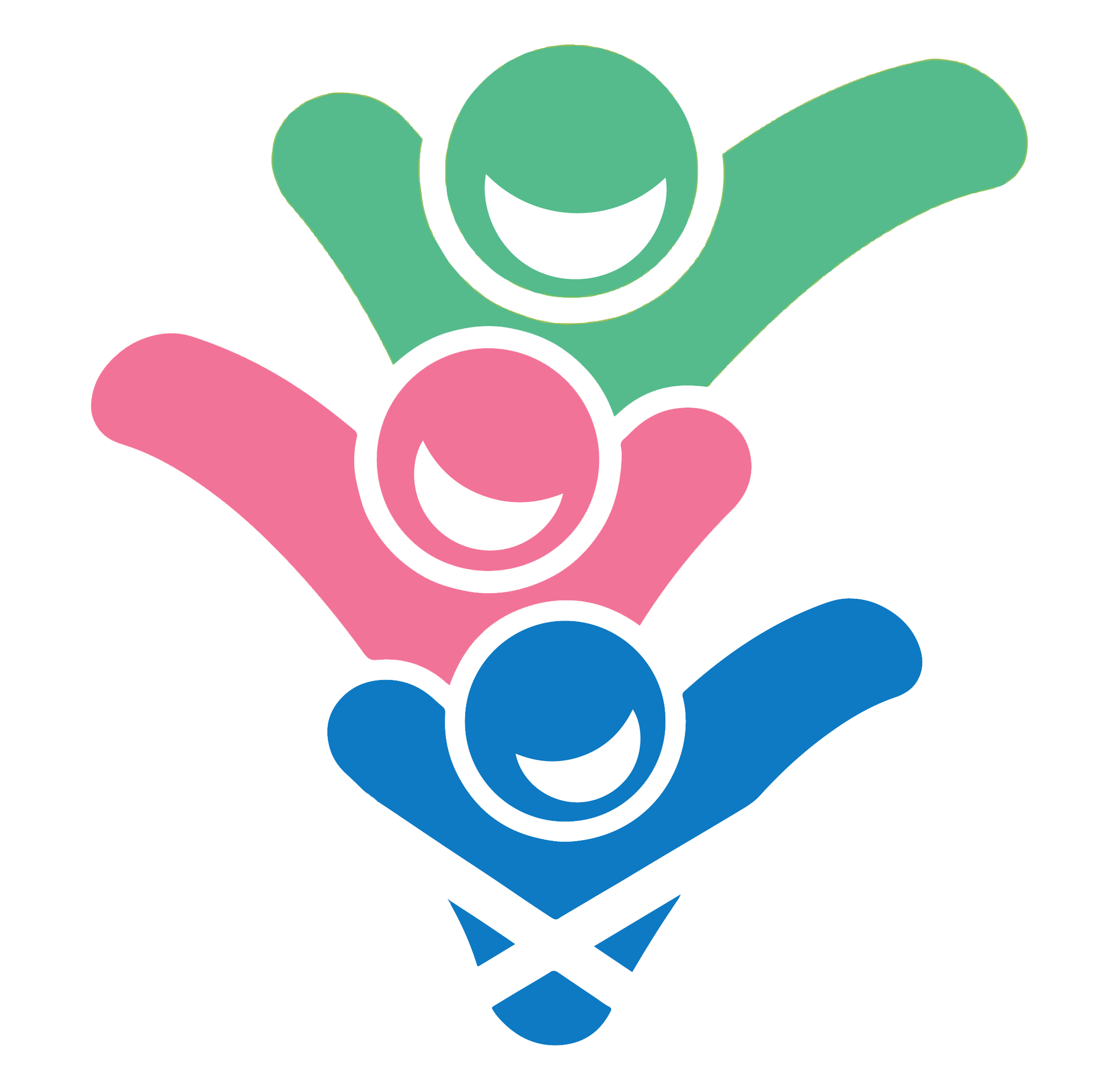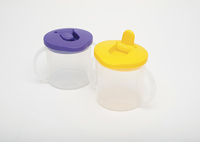Visit from Your Health Visitor
Your Health Visitor might visit you when your child is between 13 and 15 months old. You can find out more on Happy Healthy Tots.

 Every child grows and develops in their own time. If you are worried about your child's development then speak to your Health Visitor, Family Nurse or GP.
Every child grows and develops in their own time. If you are worried about your child's development then speak to your Health Visitor, Family Nurse or GP.
If you are worried your child might be unwell look at the information from the Royal Hospital for Children Concerned your child is unwell? (3 months and older).
Your Health Visitor might visit you when your child is between 13 and 15 months old. You can find out more on Happy Healthy Tots.
Your child should be eating the same healthy foods as the rest of the family. Your child should be able to manage lots of different textures. Food can be still be offered in finger-sized pieces or chopped into bite-sized pieces. Offer three regular meals and two or three healthy snacks such as small butter sandwiches, cucumber sticks, fruit slices or bread with pasteurised cheese or hummus. The amount your child eats will vary day to day and even meal to meal.
It is common at this stage for children to start rejecting foods they liked and to refuse new foods. This is a normal part of development called the Neophobic phase. It is important to continue to offer a variety and try to keep mealtimes fun!
You can continue to breastfeed for as long as you and your child like. All other drinks should now be offered from a free-flow or open cup. Tap water and pasteurised full fat cow’s milk are the best drinks for your child. If you are thinking about using an unsweetened calcium fortified milk alternative (like soya, nut, oat, hemp, coconut-based milk alternatives) as a main drink then great care is needed as these are lower in energy and other nutrients than animal milk. You should seek advice from a Health Visitor or GP before using these as the main milk drink. Rice milk should not be given until your child is over four and a half years old. For more information try Infant Milks from the First Step Nutrition Trust website.

You can find more information and ideas using the links below:
Your toddler should be using their hands to explore how objects work. They will try turning the pages of a book. They should be able to pick up tiny objects using a pincer grasp (tip of thumb to tip of index finger).
Your toddler's building skills are developing; they can now stack a tower of 3 building blocks or more.
Your toddler can also hold 2 objects in one hand. When given a piece of paper and a crayon your toddler will enjoy making marks on the paper. It is still important for your toddler to be exploring textures using their hands. Find out more from CBeebies Parenting Exploring Texture.
Your toddler should now be trying to pick up an object from the floor. They should be able to keep their balance without holding on to furniture. They may be trying to change direction when cruising along the furniture. They will walk with their feet wide apart and may have their hands up high to help them balance. Getting them to carry a toy may help with their balance. Your toddler can now kneel whilst playing on the floor.
Your toddler may now be choosing to walk more often than crawl. They will still have lots of falls, and they learn through these falls to improve their balance. They may be falling up to 17 times an hour! This is common at this stage. Starting to walk is easier, stopping is harder. They may have to stop by bumping down to the floor or by walking into furniture. Your toddler may now be trying to climb up on to the sofa and down again. They might start to crawl up the stairs coming down backwards.
They will enjoy using push along toys. Using these will improve their confidence in walking.
Your toddler can now take off their socks! They will find fun in throwing them away too. This is the first stage of learning to undress and comes a long time before they are able to put their socks back on. Use laundry time to have fun getting them to put their socks in the washing machine. See if they can pull your socks off too. Find out more from CBeebies Parenting Laundry time.
Your toddler can dip their spoon into their food and take the spoon to their mouth. This involves a lot of mess and spills! There are lots of things you can do to help them master using a spoon:
Your toddler can pick up and hold their cup with 2 hands. They can take a few sips without help. A free flow up is still best. Encourage your toddler to use both hands together.

Brushing your teeth is an essential part of looking after your body. You should be brushing your child's teeth at least twice a day. You can find out more from:
Your toddler can follow simple instructions such as 'give me the ball' and 'kiss teddy goodnight'. Points to familiar persons, animals or toys when requested.
Your toddler can copy sounds like animals or cars. They will be using more strings of sounds (that are not recognisable words) but it sounds like connected speech. They are using more words for things in their world like 'drink', 'dog' or 'teddy'. Your toddler can get what they want by making sounds, pointing or using gesture.
Your toddler points to share interests and as a way to start interaction – this is known as joint attention.
Your toddler will bring you their favourite toy to play with them. They will enjoy “give and take games” - they offer the toy and then take it back. They are starting to show an interest in other children's play. Your toddler is interested in pictures. They will point to pictures in books for you to name.
Find out more from Parent Club Top tips for chatting together with your baby.
Your toddler is now deliberately throwing objects to the floor. They do this for fun as well as to show you their dislike. You can start to teach them how to tidy up by putting their toys in a box or why not try a making a posting box. Find out more from CBeebies Parenting Posting box.
Your toddler now recognises the names of various body parts and can point to them. Your toddler can also point to toys, people or animals on request.
We are one of the leading paediatric care centres in the UK, and the largest in Scotland. We provide family centred care to newborns, infants, children and young people both in hospital and in the community.
https://www.glasgowchildrenshospitalcharity.org/